A Most Illustrious Combat Record…
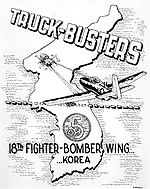 Despite the layering of other, more recent conflicts, the deaths of many participants, and the shifting focus of media or historic attention, enough basic elements of the historical record remain to enable us to establish the combat record of the 18th Fighter-Bomber Wing during the Korean War as among the most illustrious of any U.S. military unit and in particular, of any U.S. Air Force unit, since the Korean War was the first fought by the newly established, independent Air Force.
Despite the layering of other, more recent conflicts, the deaths of many participants, and the shifting focus of media or historic attention, enough basic elements of the historical record remain to enable us to establish the combat record of the 18th Fighter-Bomber Wing during the Korean War as among the most illustrious of any U.S. military unit and in particular, of any U.S. Air Force unit, since the Korean War was the first fought by the newly established, independent Air Force.
During three years of continuous combat, the component squadrons and support units of the 18th Fighter-Bomber Wing:
- Faced unrelenting sortie rates maintained in the face of weather
- Seasonal assaults of heat and cold
- Aging aircraft, unsuited for the various missions it and its pilots were called on to fly
- Maintained an operational level of flexibility and adaptability that is unparalleled in U.S. Air Force history.
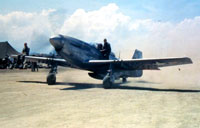
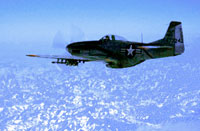 If anything, the intervening half century since the 18th fought so valiantly in Korea has improved our ability to evaluate its contributions by placing them in the context of fifty years of military history and evolution. We can more accurately assess the legacy it established for subsequent Air Force components, and indeed, the sons and daughters who today continue to serve in the 18th Wing.
If anything, the intervening half century since the 18th fought so valiantly in Korea has improved our ability to evaluate its contributions by placing them in the context of fifty years of military history and evolution. We can more accurately assess the legacy it established for subsequent Air Force components, and indeed, the sons and daughters who today continue to serve in the 18th Wing.
American military progress and achievements have been significant over the intervening half century, and has enabled history of freedom to prevail against oppressive governments and ideologies. We must not forget, however, that such progress was gained as a direct result of the richer heritage to which today’s fighting men and women were born and inherited—a heritage established and advanced by the pilots and airmen of the 18th Fighter-Bomber Wing during the Korean War.
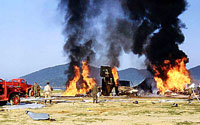
Monthly records and reports were used to establish a helpful context and matrix into which as much information as possible could be included that profiled and spotlighted the men actually earning the records. As such, Truckbusters becomes for the reader a gritty, dusty, tent city full of the sounds, smells and character of those who served with the 18th in Korea —pilots, ammorers, mechanics, clerks, medics, and supply sergeants—who still live and speak and fret and worry about how to keep their “Spam Cans” flying. They also teach us important lessons about professionalism, dedication, commitment, bravery, fear, sacrifice and humanity—lessons we should never forget, lest democracy and freedom themselves become potential victims.
Organization…
The book is organized by month starting with January 1950 and concludes with the Armistice in July 1953. Each month includes a summary of what was happening elsewhere in the war, major developments within the 18th Wing drawn from various unit histories, a chronology of significant events for the war and the Wing, a list of combat losses for that month (including “thumbnail” biographies on all those about which information is available), and concludes with first person accounts and personal experiences.
In addition to the chapters covering each month of combat service for the 18th, Truckbusters includes a Preface, Introduction, Index and an extensive Glossary of terms and slang used by military (particularly members of the 18th Wing) during the Korean War.
It also includes a list of the more than 3,500 Korean War veterans who served in the 18th Wing.
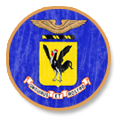 Truckbusters
Truckbusters